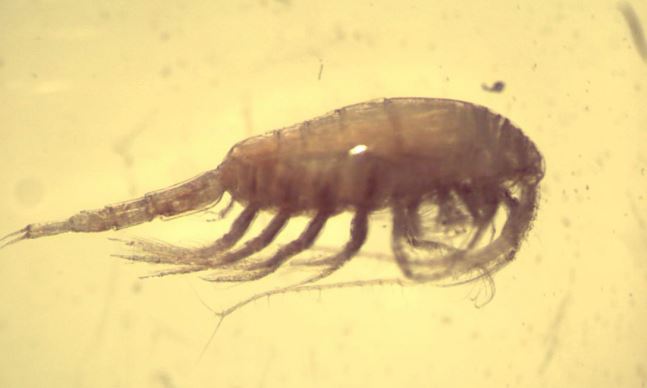The organism displays a nearly transparent and colorless body, which allows for minimal visibility. It possesses a relatively small lipid sac, indicating limited fat storage. In the urosome, the tail region, the organism exhibits an elongated structure, constituting approximately 65% of the prosome’s length. Interestingly, in females, the urosome consists of only three segments, while in males, there are five segments in the urosome.
The antennae of this organism are notably longer than the prosome, although they are shorter than the total body length. Furthermore, the basal segments of the antennae feature sturdy spikes along their leading edges, providing a distinctive characteristic.
In terms of mouthparts, they appear to be more robust than those typically observed in filter-feeding organisms. These unique features collectively define the morphology and adaptations of this particular species, aiding in its survival and ecological niche.
